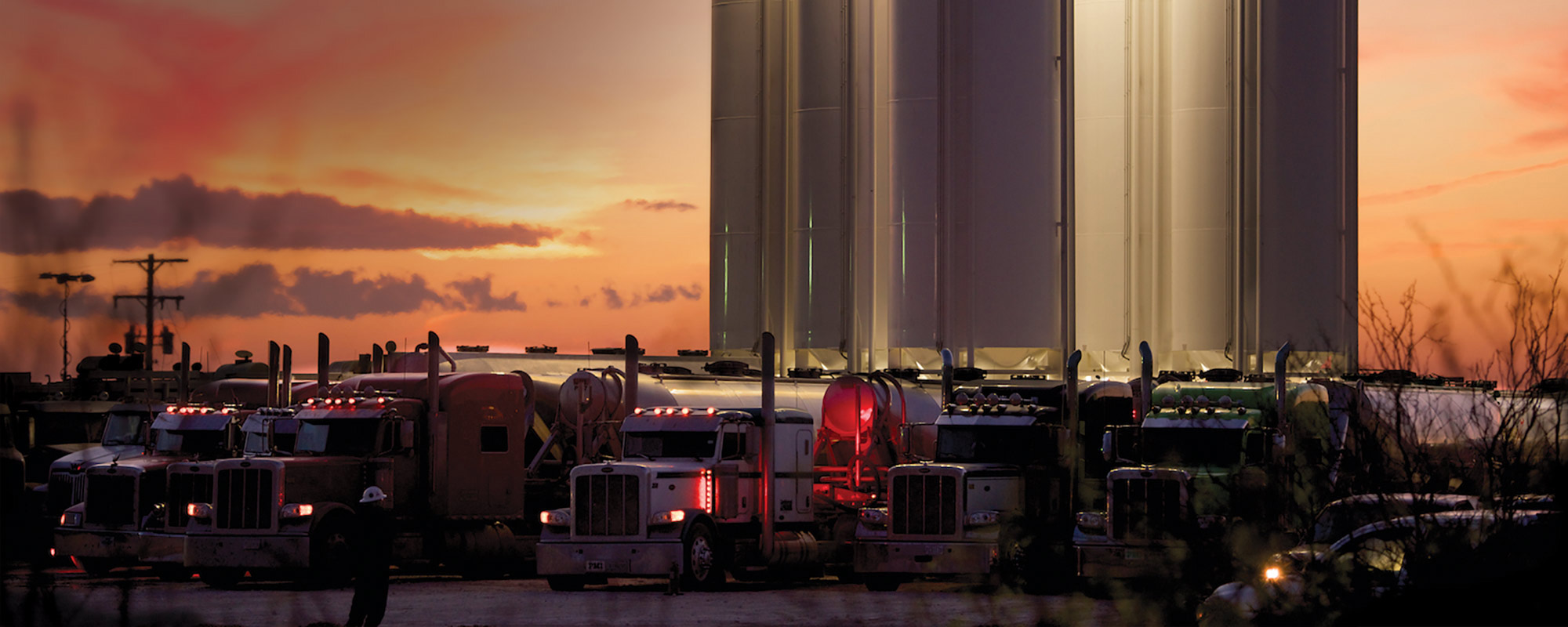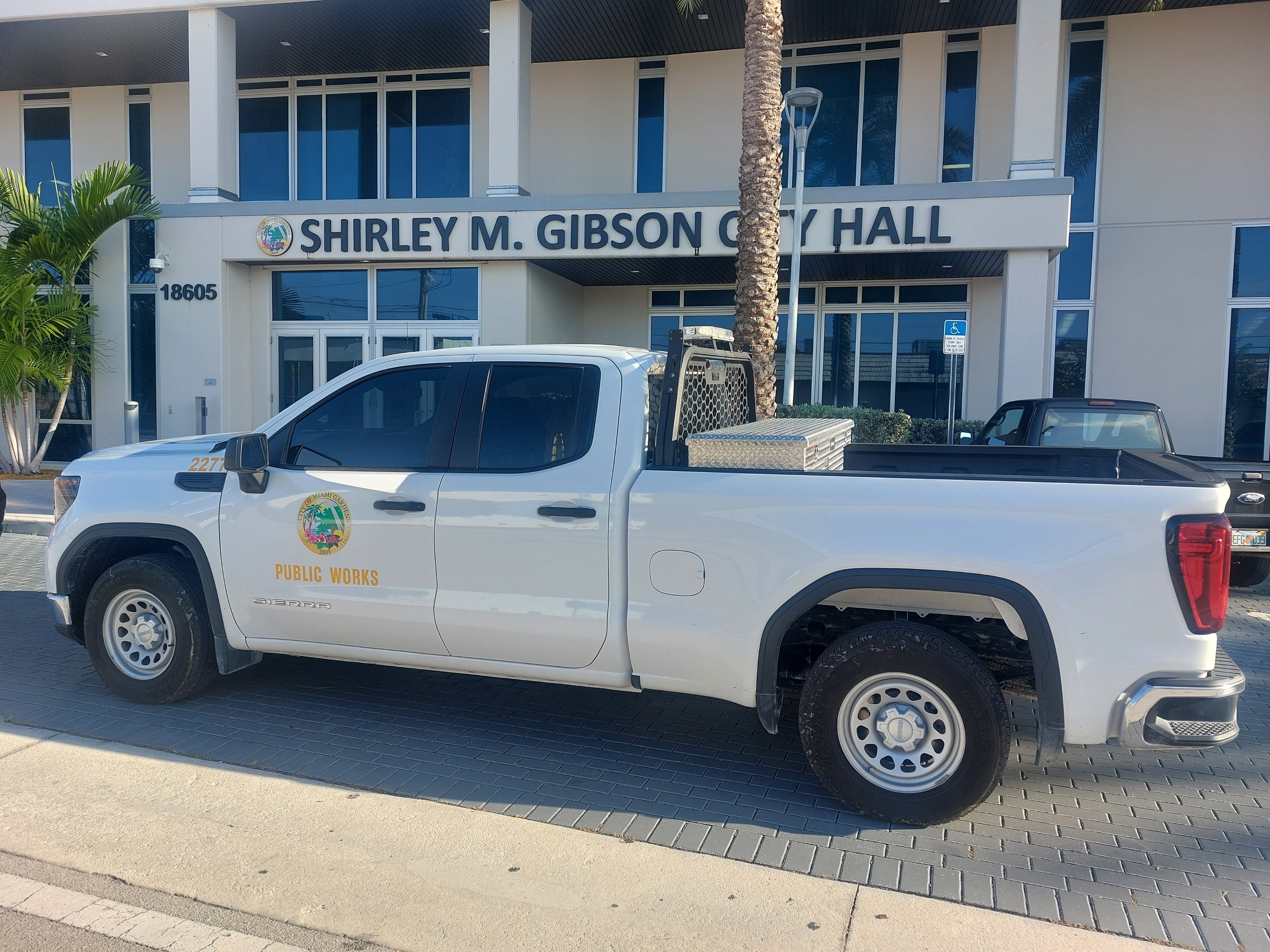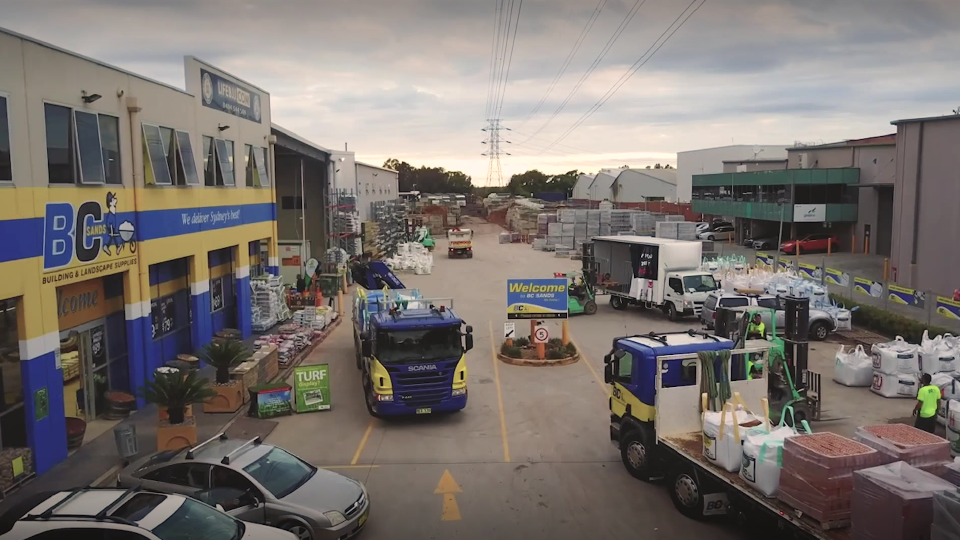
Solaris Oilfield Infrastructure: Integrated fleet

Table of Contents
The challenge: Streamlining fleet data
“The main reason we implemented the Geoforce-Geotab integration is to track vehicle location,” says Haseman. “We want to know where our equipment is, where it’s been, and how long it’s been there. So we’re able to not only find all of our vehicles by using the URL on the website, but we have apps that we use to locate those vehicles as well.”
With the Geotab app, Solaris employees can quickly find a piece of equipment no matter where it is: “It gives a more real-time realistic trips calculation on where trucks have been and how long they’ve been there,” he says.
Integration has simplified the process of management. Haseman explains the benefit of centralizing the data: “You don’t have a field tech out on location trying to use two or three different apps to look up specific information.”
For today’s fleets, data is the driving force of their operations. Having access to real-time, accurate information is essential to fleet efficiency, safety, and productivity. However, fleets often have access to so much data that making sense of all that information is a challenge in itself. This was exactly the challenge that faced Solaris Oilfield Infrastructure.
The Houston-based company with operations in Texas, Oklahoma, Louisiana, and Pennsylvania, and many more on the way, provides innovative and cost-effective oilfield products, services and infrastructure to enhance drilling, completions, efficiency and safety in North American shale plays.
Logistics Coordinator Dan Haseman says, “One of the top challenges for us was to gather all the information we were getting and build that into usable and quantifiable information that could help us make better business decisions,” he says. “It’s always great to have a bunch of data, but if you don’t know what to do with it or how to use it, then it’s really irrelevant.”
Solaris had been using Geoforce asset tracking to track specialized trailers, sand silos, and generators since July 2016, and implemented the Geotab solution in March 2017. Integrating these two solutions has given Haseman better insight into the fleet, particularly vehicle and asset location.
The solution: The power of integration
The integrated Geotab-Geoforce solutions have been a boon of Solaris, solving the challenges of monitoring and measuring fleet operations.
For Haseman, the ability to integrate the two solutions was paramount in his decision to add Geotab’s solution to his fleet toolbox. Of its 359 powered and non-powered assets, about 85 are currently equipped with the Geotab solution.
“It gives a more real-time realistic trips calculation on where trucks have been and how long they’ve been there.”
Geotab and Geoforce worked with Solaris to develop customized reporting for idling that is automatically generated. Prior to the customization, Haseman had to create the report from scratch each month.
These customized reports show which vehicles idled and for how long and when. With this information, Solaris is able to reduce needless idling in the fleet’s trucks, saving money on fuel and maintenance.
The results: Measuring dollars and cents
In addition to instant tracking, which shows current vehicle location and trips and reports how long trucks have been in certain locations, the Geotab/Geoforce combined solution helped Solaris create a truck idling report that could populate automatically.
The customized fleet idling report shows:
Haseman reports that the Geotab GO devices have “paid for themselves.”
Reducing truck idling leads to significant cost savings
Due to the nature of the work, some operational idling is expected, Haseman says. The fleet team has set a goal of 30% idling down from the initial baseline of 60%.
Based on 40 vehicles the Solaris fleet was using at the start of the implementation, the initial savings per year was about $70,000 for fuel and maintenance.
Haseman says, “You have a certain dollar amount associated with fuel, and then with maintenance, and the overall dollar amount at the end. Let’s say it is $200 for fuel and $200 for maintenance at the end of the month. That vehicle is costing you $400 based off of the idle time.”
Haseman has developed a formula that translates idling percentages into dollars and cents savings. “I was able to create a report in Geoforce that would tell me what trucks were idling for how long based off of the full engine use. And then based on previous white papers and research I did, I was able to integrate some formulas for engine size and typical repair maintenance depicted by how long vehicles were idling for. And what I was able to do with that was get an overall dollar amount associated with how much money we’re spending on idling and maintenance repairs from idling,” he explains.
“It really shows how much fuel the driver has used through idle time, and then the engine size plays into the multiplier for maintenance repairs on average idle time,” Haseman says.
Benefits extend from fleet efficiency to safety
The benefits haven’t been just to the bottom line. Solaris uses the insights on driving behavior to enhance their corporate safety program.
Haseman appreciates all the different safety features of the Geotab solution. “It can monitor seat belt usage, real harsh braking, and vehicle crash recreation. If there is an issue, we can research and find out what happened.” If a driver exhibits poor driving habits, Solaris will address the issue and work together to find a corrective action. Tackling speeding also assist with maintenance and fuel costs.
In the future, Solaris expects to find further cost savings on fuel by implementing Geotab’s fuel tracker and fuel card tracker solutions.
Overall, the Geoforce-Geotab solution has saved time and taken the guesswork out of monitoring fleet operations. Fleet data has been turned into a valuable tool that Solaris can use to optimize the efficiency and safety of their innovative fleet.
From the fleet manager
“It’s always great to have a bunch of data, but if you don’t know what to do with it or how to use it, then it’s really irrelevant.”
- Dan Haseman, Logistics Coordinator, Solaris Oilfield Infrastructure
Client profile
Client name:
Solaris Oilfield Infrastructure
Industry:
Oilfield Infrastructure and Services
Types of vehicles:
Light-duty pickups and heavy-duty trucks
Fleet size:
359
Fleet focus:
Safety, Fleet Optimization
Other stories

City of Miami Gardens: Cutting costs, saving lives with Smart Fleet Management
November 4, 2025

BC Sands: 45% decrease in occurrences of unsafe driving behaviour
September 26, 2024
.jpg)
Franklin County (Ohio) Engineer’s Office: Fine-tuning public works fleet management
April 5, 2022

Franklin County (Ohio) Engineer’s Office: Achieving vision zero goals
July 19, 2021